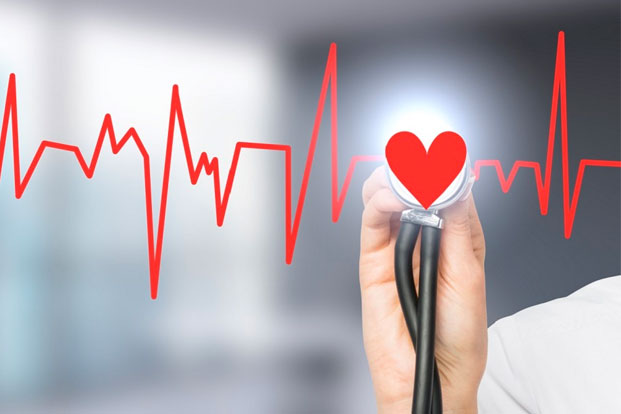Atrial Fibrillation Management: Who, Why and How?
Apr 19, 2022
Atrial fibrillation (AF) is the most common form of heart arrhythmia faced by our global society including India. The incidence of AF increases with age (1.5% incidence for 50-59 years of age and increasing up to 23.5% in those of 80-89). This disease is becoming a major social and economic problem due to its significantly higher association with morbidity and mortality. AF is an independent risk factor which doubles the risk for dementia, triples the risk for heart failure, and increases risk of stroke by 4 to 5 times. The risk for overall mortality of someone with AF is increased by 40% to 90%. Moreover, 50-60 % of all ablation procedures and one third of all hospital admissions for cardiac rhythm disturbances in a hospital are related to AF management.

How to manage patients with Atrial Fibrillation?
The traditional approach has been to start such AF patients on antiplatelet drugs and at the most attempt for rate and or rhythm control by starting several medicines. As per latest standard guidelines, due to inherent proarrhythmic nature of these anti-arrhythmic drugs (AADs), development of various side-effects with time and of course their limited success rate, Catheter ablation rapidly emerges as an overall better and safer alternative. Several cost-effective studies have also shown that the cost of catheter ablation may seem to be higher in short term. However, in just 2 years overall cost of AADs is almost comparable to those of AF ablation with almost more than double of the success rates.
Newer aspects and technology to manage Atrial Fibrillation:
In the last decade, when our mobile phones have been transforming to powerful smartphones, the latest cutting edge technological marvels have significantly improved the clinical success rate for AF ablation e.g. Bipolar radiofrequency ablation devices, Contact force-sensing catheters, High definition electroanatomical mapping systems, Newer generations of single shot devices as Cryoballoon, Laserballoon, etc. Now, with aid of such Electrophysionics (electrophysiology + electronics) marvels the arrhythmologists globally are able to achieve success rate of upto 85% for paroxysmal and upto 65% for persistent AF. Of course, with several redos the success rate can go upto nineties. With better understanding of mechanism of AF generation, its propagation and finally its termination, I am confident the day is not far when we can also treat AF successfully like other arrhythmias as AVNRT, Atrial tachycardia, Accessory pathways, Ventricular tachycardia etc.







